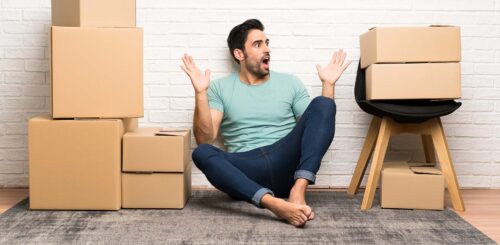When it comes to cross-country moving, the first thing you should do is get the right materials. Besides moving boxes, packing paper and bubble wrap are the most commonly used supplies. And if you’re struggling to decide who wins the bubble wrap vs. packing paper battle, you should know their features and purpose. We offer some tips to help you decide when to use which of the two materials.
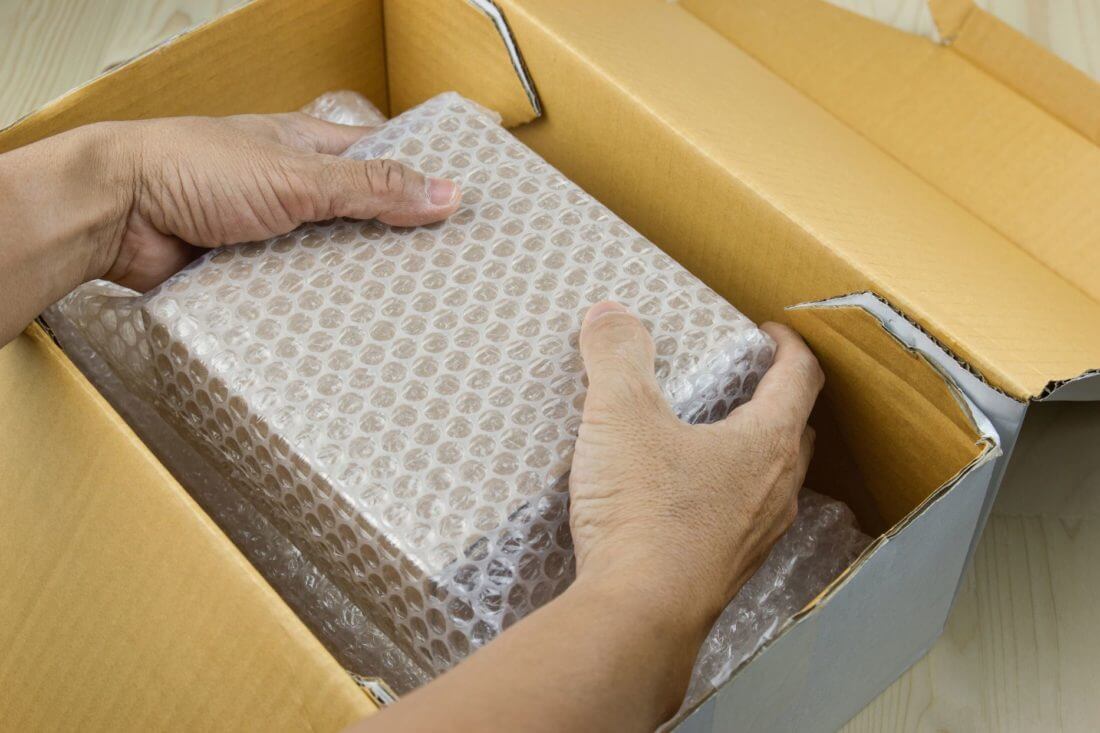

Bubble Wrap vs. Packing Paper – Which One Is Better to Use?
This is the same type of question as if you were asking if cardboard boxes are better than corrugated boxes. The answer is the same – it depends on the purpose. Both cushioning and sheet materials are necessary for protecting various items and both are commonly used.
Pros and Cons of Both Materials You Need to Be Aware Of
When choosing between the two materials, it’s important to consider their respective advantages and drawbacks. Bubble wrap is excellent for protecting fragile items due to its cushioning air pockets, which absorb shocks and prevent things from breaking during transit. It’s also reusable, which can be environmentally and economically beneficial if recycled appropriately. However, bubble wrap is bulkier than packing paper and can be more expensive, which might increase shipping costs and storage space requirements.
On the other hand, packing paper is ideal for wrapping items to prevent scratches and can be easily shaped to fit into small spaces. It’s also biodegradable and generally more affordable than bubble wrap. But you need to know that this material offers less shock absorption, making it less suitable for highly fragile items. If all this seems like too much hassle, do not worry! Long Distance USA Movers got you covered – we have an experienced and efficient crew of movers who will carefully take care of your belongings with expert packing service.
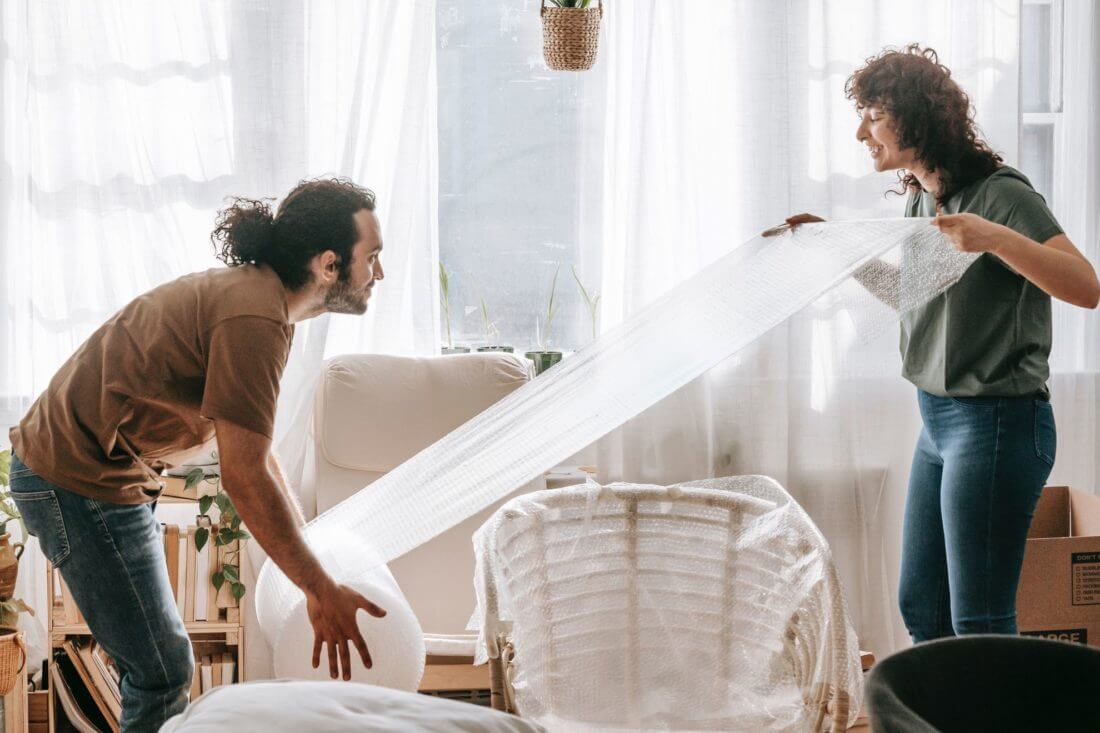

Bubble Wrap Offers Different Bubble Sizes for Different Uses
Even though you book professional long-distance moving services it’s still understandable if you want to do some part of the wrapping process by yourself. After all, it takes about a month to fully pack until the cross-country movers movers come. So, start with getting the right materials first, especially when it comes to bubble wrap. It’s a versatile material, available in various bubble sizes to cater to different packaging needs. Small bubbles provide tight protection for smaller, more delicate items, efficiently preventing movement and cushioning against minor impacts.
Medium-sized bubbles offer a balanced cushioning effect, suitable for slightly larger items or those that need moderate protection. Perfect if you want to secure your furniture pieces and be completely sure they arrive unscratched at your new destination.
For bulkier or heavier objects that require robust protection against significant shocks, large bubbles are ideal as they provide a substantial buffer. This variety allows users to select the most appropriate bubble size for the safety and security of their specific items during transportation or storage units.
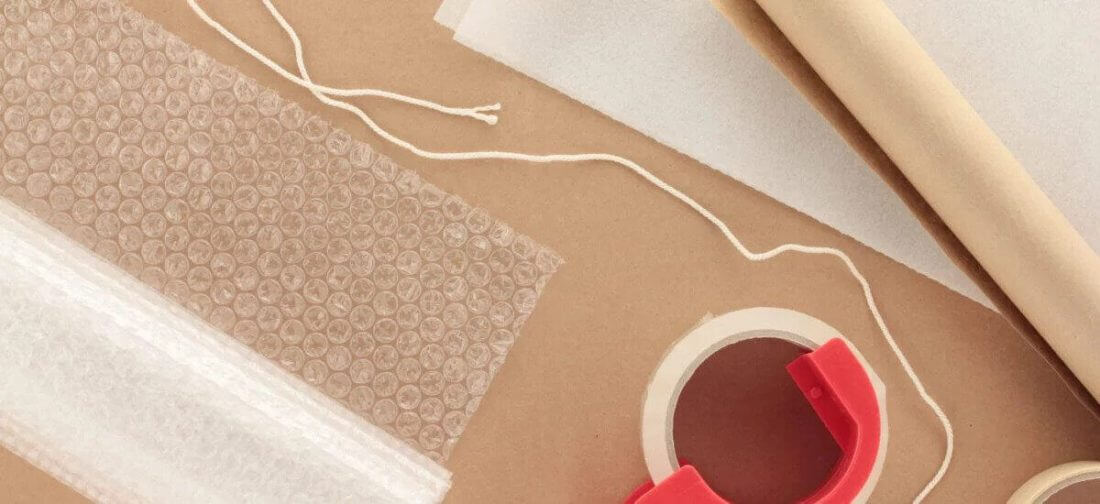

Using Each Material for Different Purposes
Bubble wrap and packing paper serve distinct purposes in packaging, catering to different needs based on the items being protected. Bubble wrap is best used for items that are fragile or prone to breaking, such as electronics, ceramics, and glassware, providing superior cushioning and shock absorption. Its air-filled bubbles of various sizes can be selected based on the fragility of the items.
Packing paper, on the other hand, is excellent for surface protection and filling voids in boxes. It is ideal for wrapping and protecting items that may scratch easily, like dishes, silverware, and certain types of furniture. This paper is also useful for crumpling into spaces to stabilize objects within a box, ensuring they remain immobile and secure during transit. By understanding and utilizing the strengths of each material, shippers can significantly enhance the protection of your goods.
Maximizing Protection – Combining Bubble Wrap and Packing Paper for Fragile Items
Using both bubble wrap and packing paper together can provide optimal protection for your items, combining the strengths of each material. This dual approach is especially beneficial for highly fragile or valuable items that require extra care. Start by wrapping the item in packing paper to protect its surface from scratches and dust. This layer also provides a smooth barrier that makes it easier to apply bubble wrap. Then, encase the item in bubble wrap to absorb shocks and vibrations during transit.
This combination ensures that the item is snugly fitted and cushioned against impacts, reducing the risk of damage. For example, when packing artwork or delicate electronics, the paper shields the surfaces, while the bubble wrap guards against external pressure and shocks. This method is ideal for ensuring the utmost safety of items during shipping.
Filling the Void in a Moving Box Between the Items
Filling the voids in a moving box is crucial for preventing items from shifting and colliding during transit, which can lead to damage. Using materials like crumpled packing paper or bubble wrap to fill these gaps ensures that items remain securely in place. Packing paper is particularly useful for this purpose as it can be easily molded to fit into odd-shaped spaces, providing a snug fit. For added protection against impacts, bubble wrap can be used to fill larger gaps and provide a cushioned barrier. This technique not only stabilizes the contents but also absorbs shocks, significantly reducing the risk of damage during moves or shipping.
Auto Transport
Move your car across the country in an open or enclosed trailer – for an affordable fee. We offer car transport as a standalone service, but you can bundle it with your household move and get a hefty discount.
Learn moreStorage Services
Our spacious climate-controlled units will protect your things until the drop-off. No need to worry about them because all items are labeled and secure, and each customer gets a dedicated unit mixup isn’t possible.
Learn moreMoving Insurance
All your stuff is secure with Long Distance USA Movers, but in case something does happen to it, there’s a moving insurance policy in place. We offer both basic Valuation Coverage and Full Value Protection.
Learn moreProtecting Your Valuables With Top-Notch Techniques
OK, you probably won’t be as efficient as a professional long-distance moving company, but with the right materials and strategies, you might find yourself pretty handy. After all, most of the things that are moved are home items (73% of all moved items). However, when it comes to your valuables, you must be absolutely sure everything is done in the right way because one wrong move can cost you quite a bit. That’s how. electronic devices, as the most sensitive objects, require appropriate protection.
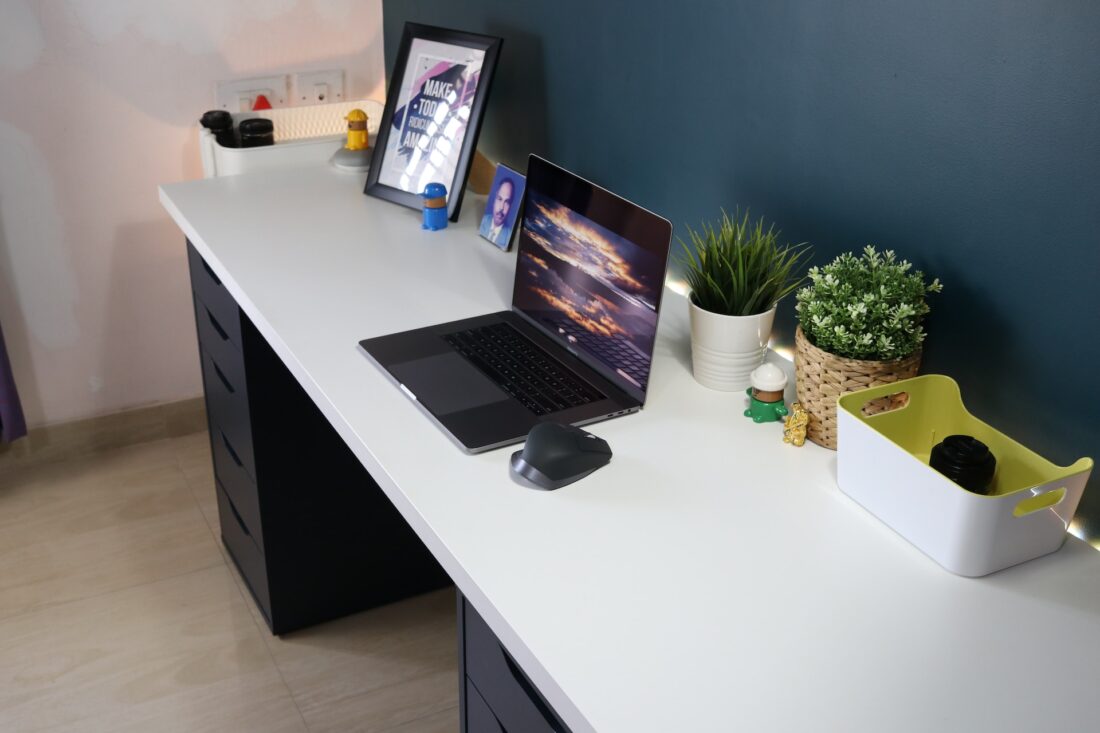

Choose the Best Cross-Country Moving Services and Worry Not About Your Belongings
Selecting the right packing materials is essential for ensuring the safety and security of your items during transit. Whether you opt for bubble wrap for its superior shock absorption or prefer the versatility of packing paper for surface protection and filling voids, understanding how to effectively use these materials can make all the difference. For those planning a move, consider combining both materials to safeguard your most fragile and valuable items. Ready to make your move smooth and secure? Contact Long Distance USA Movers today, and let our expert team help you prepare your belongings for a safe journey to your new home.





